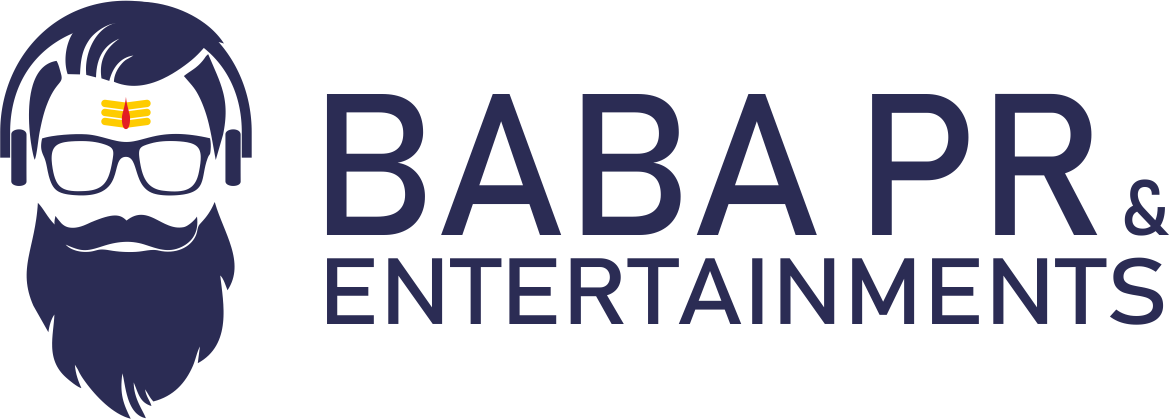How PR Analytics Help Brands
PR analytics play a vital role in shaping a brand’s strategy and ensuring its success in today’s competitive landscape. Here’s how PR analytics benefit a brand:
1. Measuring Campaign Performance
PR analytics help brands evaluate the effectiveness of their PR campaigns by providing detailed insights into:
- Media coverage (reach, impressions, and engagement).
- Audience sentiment and feedback.
- Metrics such as click-through rates (CTR) and website traffic generated from PR activities.
This data enables brands to assess what’s working and identify areas for improvement.
2. Understanding Audience Sentiment
Analytics tools help brands track public perception by analyzing:
- Social media mentions.
- Online reviews and comments.
- Sentiment analysis (positive, negative, or neutral tone).
This helps brands stay attuned to customer needs and address issues proactively.
3. Evaluating ROI
PR analytics provide tangible data to measure the return on investment (ROI) of PR efforts. Key performance indicators (KPIs) like lead generation, sales conversions, or website traffic tied to PR campaigns showcase the direct impact of efforts.
4. Identifying Influencers and Media Impact
Analytics can pinpoint influential journalists, bloggers, and media outlets driving conversations about a brand. Understanding which platforms and influencers generate the most engagement helps optimize future outreach.
5. Crisis Management
In times of crisis, PR analytics help monitor:
- Real-time media coverage.
- Social media trends.
- Sentiment shifts.
This enables brands to respond quickly and strategically, minimizing reputational damage.
6. Benchmarking and Competitive Analysis
By comparing their PR performance with competitors, brands can:
- Identify industry trends.
- Understand competitors’ strengths and weaknesses.
- Position themselves effectively in the market.
7. Enhanced Content Strategy
PR analytics provide insights into which types of content resonate most with audiences. Brands can refine their messaging and content strategy to align better with audience preferences.
8. Data-Driven Decision Making
By leveraging PR analytics, brands make informed decisions based on data rather than intuition. This ensures that resources are allocated efficiently, leading to better results.
In summary, PR analytics empower brands to monitor, measure, and optimize their public relations strategies, helping them build a strong reputation, engage effectively with their target audience, and achieve long-term growth.

